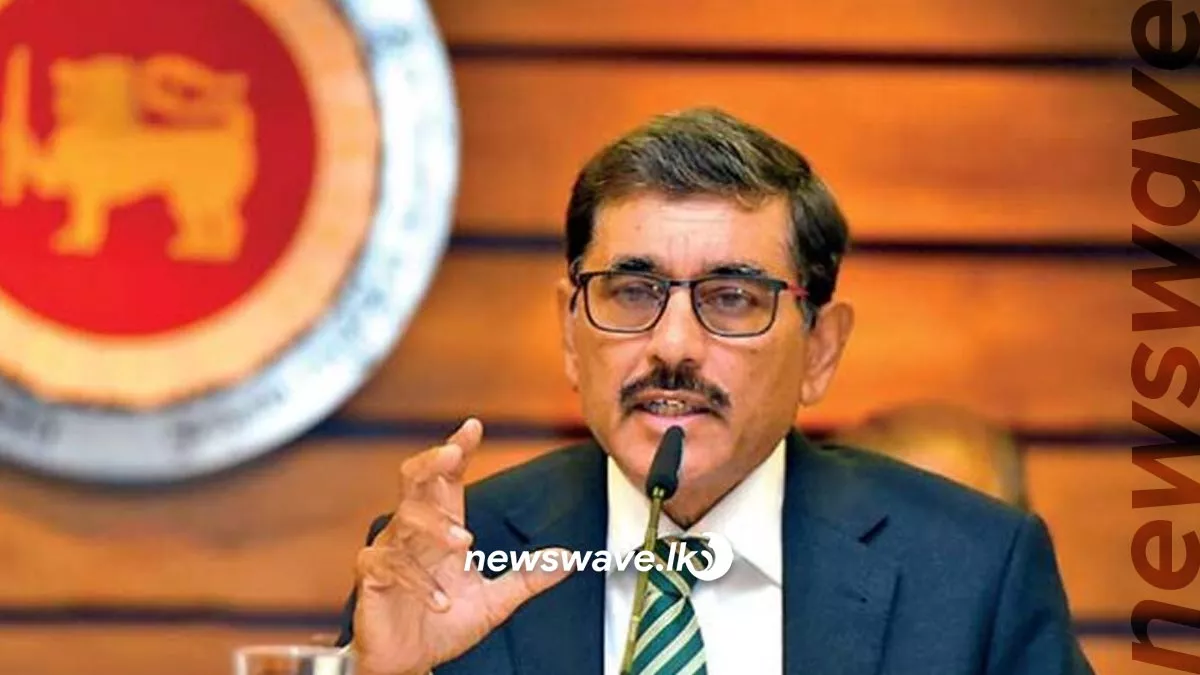Central Bank Governor Mr. Nandalal Weerasinghe says that import restrictions will be gradually removed while maintaining stable exchange rates.
He also said that the International Monetary Fund has not said to remove the import restrictions but to prepare and show a program that can remove them systematically.
The Governor of the Central Bank said this while participating in the discussion held with the heads of the media regarding the International Monetary Fund.
He emphasized that the International Monetary Fund has stated the goals necessary for the sustainability of Sri Lanka’s debt, in the document related to the extended credit approval.
He also said that he has given an assurance that the respective countries will support each other in order to reach a sustainable level of the economic situation.
Mr. Nandalal Weerasinghe, Governor of the Central Bank, who further commented on the occasion,
“If the debt was not restructured, we would have had a foreign debt burden of $6 billion per year for many years to come. Because it is difficult to pay, the debt payment is temporarily stopped and the debt restructuring process is engaged in. Since we are unable to pay as it is, we are asking the commercial institutions and private sectors and the respective governments that have given us loans to give us relief for this.
The first step in the process is the financial guarantee provided by the creditors. The goals for making our debt sustainable are in the International Monetary Fund’s document. In order to reach that sustainable level, each country has given an assurance that they will support reaching it.
The next step is to negotiate according to that guarantee and we cannot pay the debt that we have to pay at the rate of 06 billion per year at this time. But asking to be given the opportunity to pay in long term with some relief.
It is not the case that we will not borrow or pay again. When we get a loan, we have a responsibility to repay it. Otherwise, no one will give loans again. What happens here is that we cannot afford to pay the debt, so instead of defaulting on the payment, we ask to be given a chance to pay in a concessional way.
For example, if we currently have 50 billion to pay in 10 years, we would ask for 20, 30, or more years to pay that amount.
We cannot afford to pay more than 4.5% of the GDP per year. Accordingly, it is requested to reduce the loan payments to that amount. Negotiations are now being held to pay the balance in the long term.”
